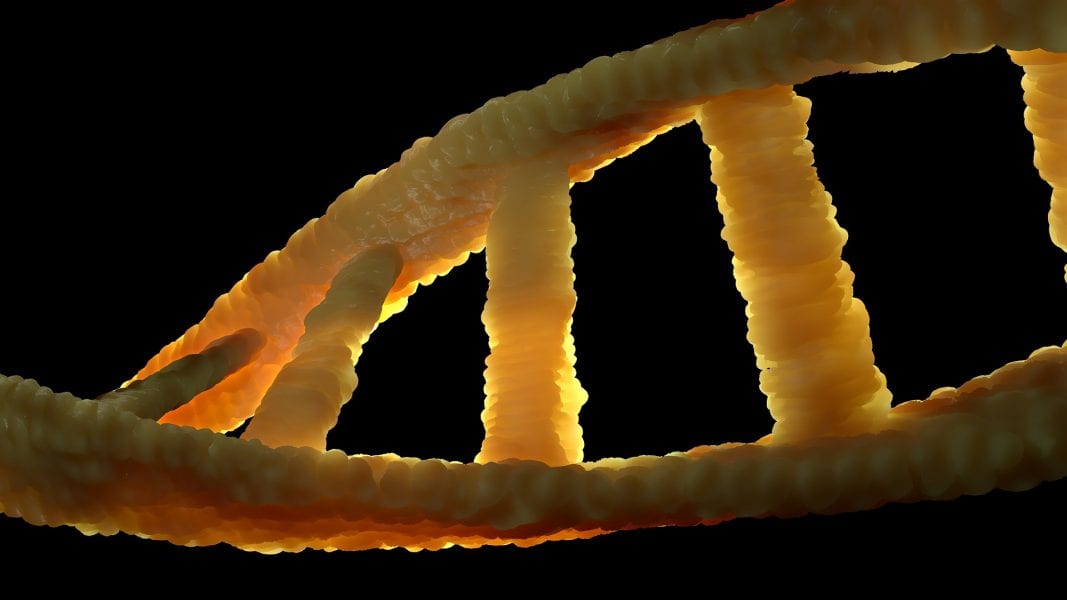Synthetic biology aims at the creation of biodiversity applicable for biotechnological needs. It uses, engineers and edits the existing genetic code of four DNA bases and the encoded 20 canonical amino acids. Xenobiology goes one step further, by expanding the framework of non-natural building blocks, i.e. with additional DNA base pairs to create XNA (i.e xenonucleic acid) as well as the addition of further non-canonical amino acids.
This research is closely linked to studies on the nature and origin of life, to understand why and by which evolutionary pressures was this limited repertoire of DNA base pairs and protein building blocks created. On the other hand, it has the opportunity to provide us with sophisticated bio-inspired materials and synthetic cells that will surpass existing (bio)technologies. An additional advantage of xenobiotic organisms is an inherent biological containment mechanism, because these cells cannot share biological material, i.e. by DNA or RNA transfer, to create a so-called “genetic firewall”.
Despite rapid progress over the past two decades, it is not yet possible to completely alienate an organism that would use and maintain different genetic code associations permanently. In their recent article in Biotechnology Journal, Vladimir Kubyshkin and Nediljko Budisa (Technical University of Berlin, Germany), review the topic of “synthetic alienation of microbial organisms”. They explore the questions: why does anyone want to do this, and how it can be achieved?

















